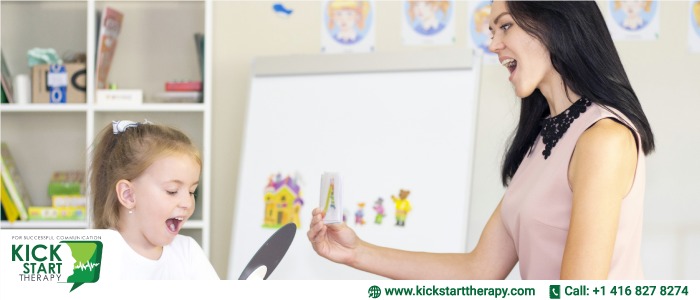
Stuttering is a speech disorder depicted by reduplication of sounds, syllables, or terms; prolongation of sounds; and pauses in speech recognized as blocks. A person who stutters precisely understands what he or she wants to tell but has difficulty attaining a regular flow of speech. These speech disturbances may be attended by struggling manners, such as instantaneous eye blinks or vibrations of the lips. Stuttering can make it hard to express with other people, which frequently influences an individual’s quality of existence and interpersonal connections. Stuttering can furthermore negatively impact job accomplishment and shots, and therapy can come at a high monetary cost.
Signs of stuttering can differ considerably throughout an individual’s day. In common, speaking before a crowd or speaking on the phone may make a person’s stammering more serious, however, while singing, reading, or talking in unison may for a time lessen stuttering.
Although there is presently no solution for stuttering, there is a combination of therapies functional. The quality of the therapy will vary, based upon an individual’s age, speech goals, and other components. If you or your kid stutters, it is crucial to consult a speech-language pathologist to infer reasonable treatment alternatives.
For very minor kids, timely therapy may deter the growth of stuttering from evolving into a lifelong issue. Distinct methods can assist kids to learn to enhance their speech fluency while formulating optimistic behaviors toward communication. Health specialists commonly propose that a child be assessed if he or she has stuttered for almost 3 to 6 months, displays difficult attitudes correlated with stuttering, or has a family record of stuttering or associated communication ailments. Treatment frequently encompasses educating parents about manners to assist their child’s exhibition of expressive speech. Parents may be encouraged to:
We at Kickstart Therapy help children to overcome and face stuttering in the best possible way.






